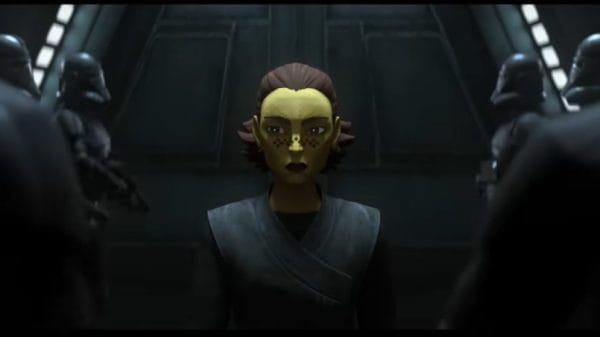Particularly for Gen Z, Nickelodeon’s 2005 “Avatar: The Last Airbender” is a show of nostalgia. This only increased after the show’s resurgence in popularity during the COVID-19 lockdown of 2020 when it was made available on Netflix. Social media brought the show back to the forefront of Gen Z’s attention, and it is now considered a classic that many recall watching at least once.
In fall 2018, Netflix announced their plans to remake the show as a live-action, which many were initially hesitant about. After the 2010 movie directed by M. Night Shyamalan, which is well-known online as the top example of a bad live-action adaptation, fans had concerns. Further initial hope was lost when the original showrunners of the animated show, Michael Dante DiMartino, and Bryan Konietzko, left the creative team of the live-action.
However, the live-action surged to some popularity upon its release in late February 2024. Some fans genuinely enjoyed it, and other first-time viewers who had not seen the original animated show seemed to like it as well. Other fans hated the show, and claimed it would never live up to the original. Why does the live-action fail to capture that same charm as the original animated show? Is it worth watching despite these differences, and can the live action adaptation stand on its own?
Casting
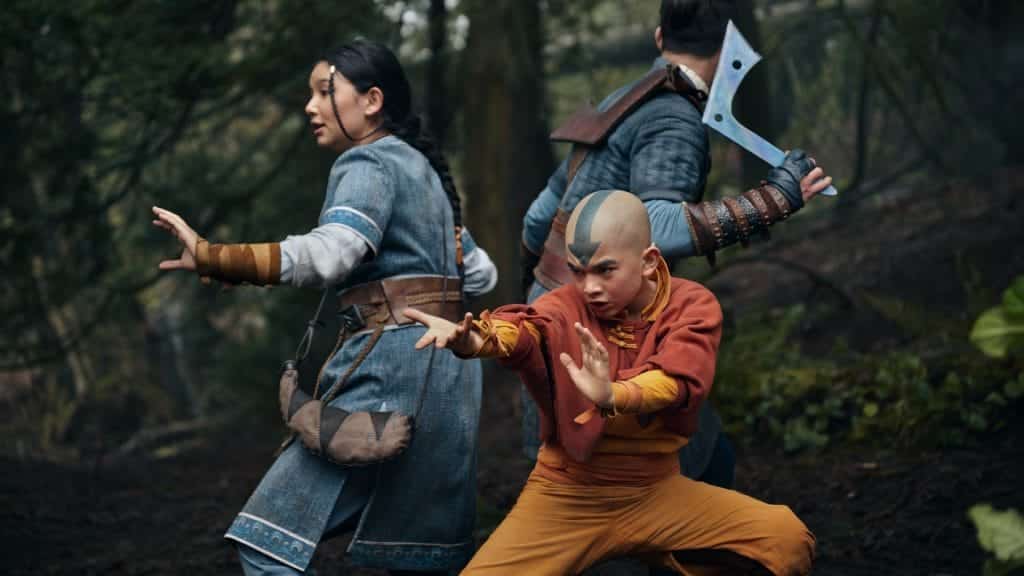
One of the main things that built excitement for the live action show on social media was the release of the cast list. Many people were excited, especially considering the improvement from the 2010 movie. These diverse actors closely matched the characters designed in the original, which was heavily inspired by East Asian and Indigenous culture, a vast improvement from the heavily whitewashed movie.
These actors proved themselves by being very talented in their performance. Despite their young age, the main cast was very genuine and heartfelt to watch, and really brought their animated characters to life.
Costumes

The costumes also built online hype. Still shots were released ahead of the show, presenting the cast fully in character and a first look at the new interpretation of outfits that had only ever been animated. These costumes are very good spins on the original, adding texture and details while still keeping the same colors and shape.
Many details that were not as prominent in the animation can take a bigger priority here. The beading and furs in Sokka and Katara’s outfits can get lost in their monochromatic style and are difficult to animate for long movement sequences, but in the live action it is much easier for the audience to see how these clothes were inspired by Indigenous tribes and fashion.
Another place where this stands out is with the Kyoshi warriors. These outfits were already detailed in the animated original, and here in the live action they are given a new life. The metallic fans can be better understood as formidable weapons, and they are even more detailed and beautiful than before. The face makeup was transferred perfectly into the live action as well.
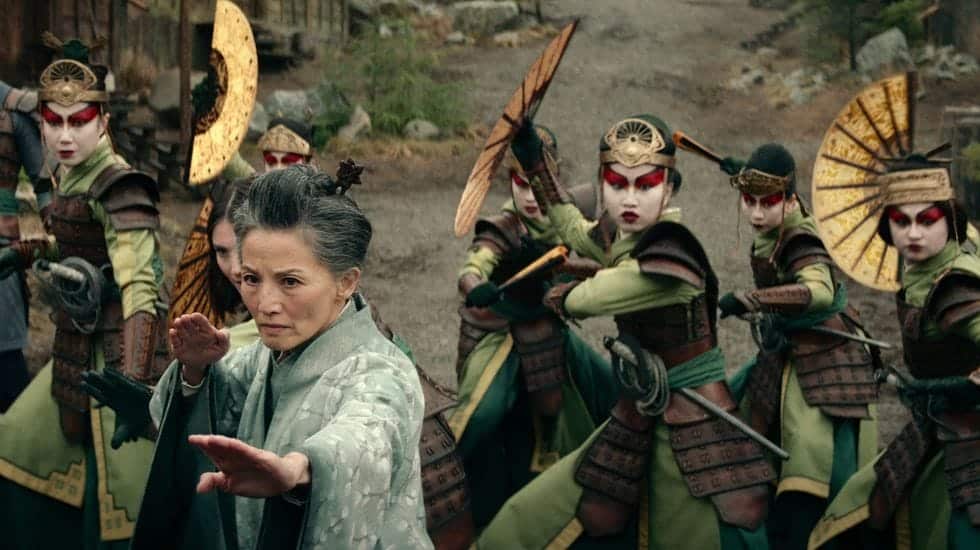
Special Effects
When the full trailer was released, many fans on social media were excited by the special effects. CGI has improved since the 2010 movie, but less-than-ideal special effects in recent movie releases have made audiences hesitant. The emphasis on the movement of the elements in the bending through the show put a lot of pressure on this CGI to look realistic in the context of the acting.
Overall, the effects are pretty good. The earthbending is a vast improvement from the heavily mocked scenes in the first live-action movie, and many fights, such as the battle against King Bumi, are taken directly from the original animated show.
At points, the fire simply looks like a blowtorch rather than precisely controlled actions, or the waterbending looks a bit too animated. However, these elements are generally difficult to do justice in CGI, which is what made Avatar: Way of Water so impressive and popular. These moments of disbelief never fully interrupt the experience of watching, though.
Script and Humor
The issues with this live action adaptation mainly stem from its writing, clearest in the script. There were many great moments, for example the added scene of Zuko and his uncle at Iroh’s son’s funeral. This is where a new adaptation thrives – it has the ability to add new character moments that the original didn’t, and this moment shows Zuko’s recognition of his uncle as someone different than the other royals of the Fire Nation.
However, this writing success seems to be one of few. While the original show had put exposition naturally throughout the story where it was relevant, the live action crams context into everyday conversations. This feels very unnatural and makes the script feel very clunky and less believable that these characters are supposed to be real people.
Part of the charm of the original animated show was how real the characters felt. They talked about their pasts when it was necessary, like Katara’s grief over her mother’s death and anger at the Fire Nation for their gradual genocide of her people. However, this new adaptation repeats exposition over and over, hammering it into the audience when it was clear the first time. The main characters were not even alive when any of these historic events happened, so it feels even stranger that they constantly bring them up in such detail, as if they are in a never-ending history lesson.
Much of the humor in the show also feels forced and stunted. These characters are all intended to be young teenagers who crack jokes often in the original animated show, even during battle. However, very few jokes are even attempted, and even fewer land at all.
It should be noted, however, that none of these are at the fault of the actors, who worked incredibly with what they were given. Particularly, Ian Luke Ousley, who plays Sokka, does a fantastic job of portraying Sokka’s younger-brother sass in his movements and mannerisms, even though it is not written into the script. Similarly, Dallas Liu, who plays Zuko, gained popularity online for showing Zuko’s snarky, edgy attitude despite the script’s forced seriousness of his character. These two actors worked very hard to emulate their characters’ voices and true mannerisms despite their muted characterizations in the actual writing.
Characterization
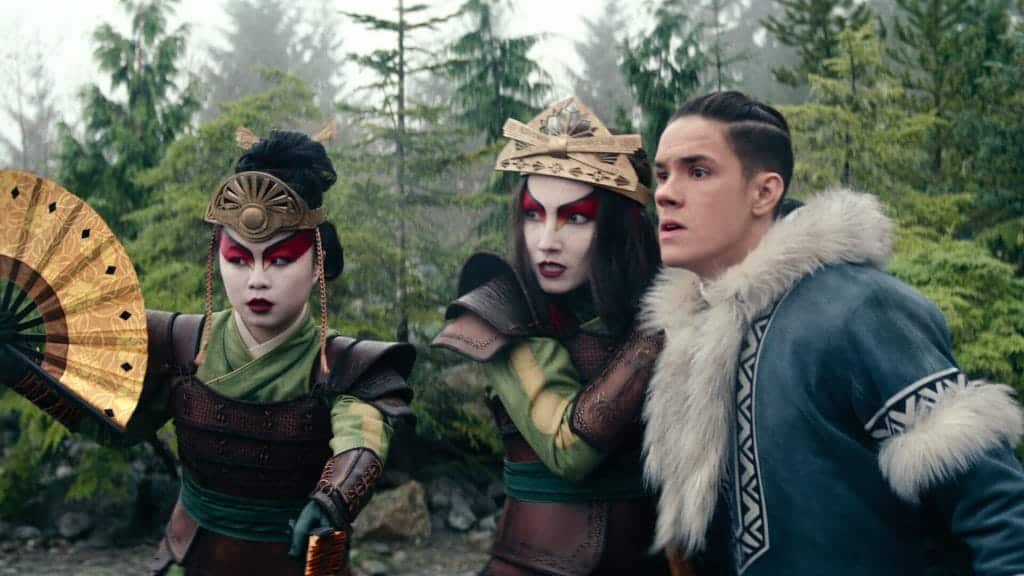
The biggest problem with the live action is its characterization – or more accurate, mischaracterization. This is linked closely to the faults in its script, which is just where this underlying problem is most visible.
All of the characters have had any of their depth stripped away from them completely. Their unique personalities have been suppressed by the show’s need to turn the comedy-action show into a purely action drama, calling to mind Disney’s recent Percy Jackson show, which had a similar criticism by some fans. The tone shift goes against the nature of the characters, and their development suffers because of it.
While the original animated show is primarily funny, due to its intended young audience, it had a great amount of depth to it. Aang is a child and acts like the twelve-year-old he is, and throughout the show he resists the pressure put on him to grow up too fast. He refuses to mature the way people want him to, and continues to be kind and merciful despite everyone around him telling him otherwise. This was not the case in the live action. While Aang still somewhat acts like a child, that underlying desire to be kind above all else is missing.

Another primary example is with Sokka’s characterization. In the first season of the animated show, Sokka is terribly sexist, repeatedly telling his sister to stick to healing or cooking and leave the fighting to the men. When he meets Suki, he refuses to believe that a girl can be such a good fighter. He argues with Suki for a long time and eventually humbles, asking her to teach him to be a better fighter. This is why their relationship is so beloved by fans. Suki allowed herself to soften for Sokka after he had changed and showed how caring he could be, and Sokka’s first step in his path going from a boy to a man is by growing past his prejudices against women after meeting Suki.
In the live action, all of this development is completely erased. Sokka is not sexist at all, perhaps a choice made out of fear of backlash for these actions appearing in 2024. However, Suki falls in love with Sokka at first sight, and they do not argue the way they did in the beginning. Neither character changes at all, and Suki is reduced from her strong yet feminine character in the original to a simple girl who falls for the first man to come into town.
A similar issue occurs in Katara’s characterization. Katara is an angry girl in the original animated show, wanting revenge for her mother’s death and a moody older sister who constantly yells at Sokka and Aang. However, in both the 2010 movie and now the 2024 live action, all of this anger is completely removed from her character. Katara becomes a quiet, submissive girl who sits to the side and is just along for the ride, smiling passively. There is no sign of her rage, her desire to learn waterbending in order to fight back, or her frustration with the boys around her.
The overt sexism may have been removed from Sokka’s character, but it was just put back into the show’s writing itself instead. Princess Yue, is shown in the kitchen of her water tribe, and has none of the depth behind her beautiful poise. Katara’s fury against the sexist men around her is gone. Suki’s temperament and refusal to tolerate Sokka’s jabs are also completely removed.
Some fans are furious at these mischaracterizations, particularly that of the female characterizations. Many have pointed out how the 2005 original was more progressive in its message of strong feminist characters, who were able to be emotional and still be dangerous fighters, than the version in 2024, which seemed to instead take multiple steps backwards.
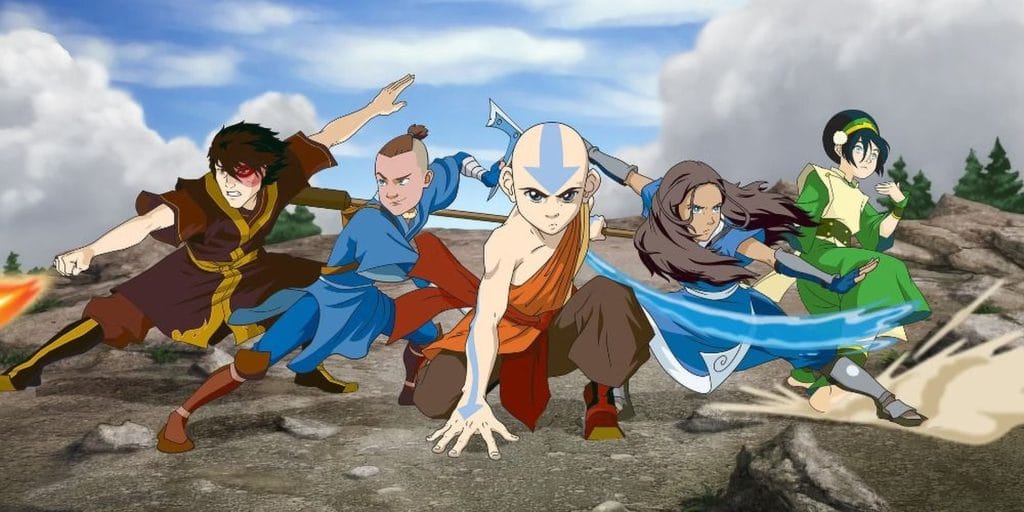
Despite these flaws, is the live action show worth watching? That depends. While the Netflix adaptation is nice to look at, it does not capture the heart of what actually made the animated original so enjoyable to viewers. It follows the plot, but it feels hollow and has no depth or emotion behind it. So, Netflix’s live action would be good as something to watch in the background, or simply to see some of the fight choreography put into a new format.
But for anyone who wants to know why the 2005 animated show was so popular, it is simply better to put the time into watching the original itself, rather than a remake that pales in comparison. The slightly older style is worth the quality story, fun tone, character writing and development, and beautiful animated visuals. These qualities make the original show something that the Netflix live action can’t live up to, despite its large budget and larger following.










